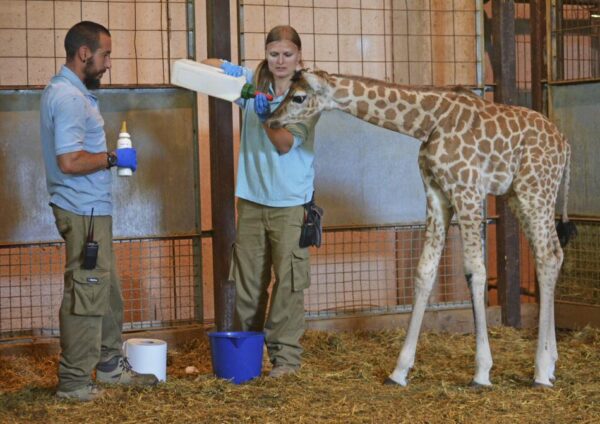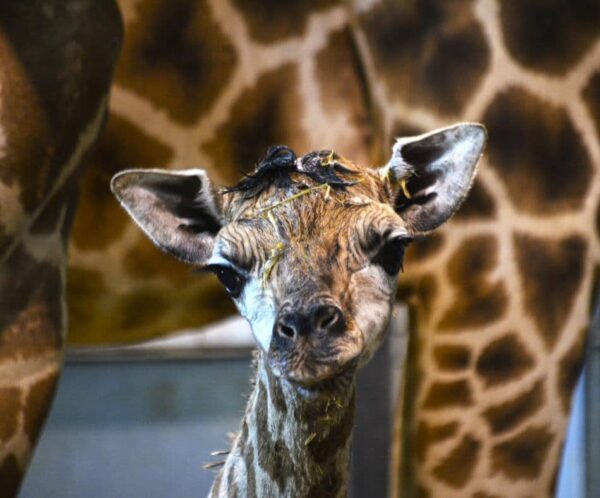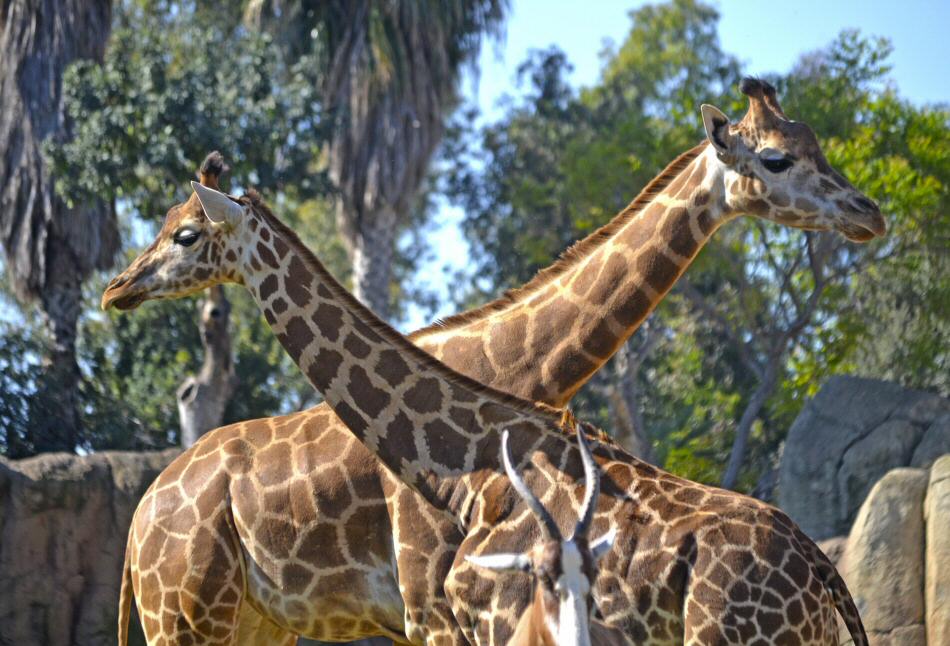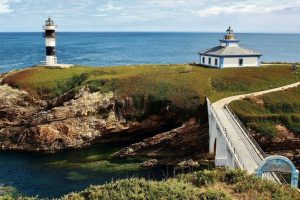Did you know that Valencia you can visit a animal conservation center, and specifically for the giraffe baringo?
Indeed, in your tourism trip to Valencia You have the opportunity to get to know a place that transcends traditional animal parks by fulfilling the objective of their conservation and protection.
A good example of this is the work being carried out with giraffes, specifically with the species known as Rothschild o baringo. of which every year some specimen is born.
Gone are the times when we visited the zoo as an “exhibition” place for animals locked in cages, as I can remember the Retiro Menagerie in Madrid, which disappeared many decades ago.
All the information in detail
BIOPARC Valencia Animal Conservation Center
On the contrary, in recent times there have emerged animal conservation centers, among the ones who BIOPARC Valencia is pioneering, as a response to the unstoppable extermination of biodiversity.
Did you know that in 1980 there were 10.000 extinct animal species, and that in 2015 that number was more than 60.000?
In advance of your trip to Valencia, here you can buy your tickets for BIOPARC
Despite all the efforts made to prevent the extinction of animals in their natural environment, the reality is that biodiversity is in a critical state, with examples such as of the white rhino.

Since 2008 there has been a constant increase in poaching, so that currently more than a thousand rhinos are killed each year, a trend that if it continues could cause the extinction of this species in less than a decade.
For this reason, conservation centers as BIOPARC Valencia They become the place where animal species are safeguarded in an environment called zoodipping, beyond the possibility of seeing them in a city.
The animals live in a wide ecosystem that emulates its natural habitat, and in the conditions of its species, that is, in pairs, in groups or in the company of other species.
In this regard, it is also worth highlighting the training and awareness work that is carried out throughout the year.

Baringo giraffes at BIOPAC Valencia
The maximum example of the function of centers like Valencia, or its brother BIOPARC of Fuengirola, is when the births of offspring of species with a severe threat of extinction occur, as is the case of the aforementioned giraffe baringo.
It is a species whose wild population continues to decrease every year, so that while in 1985 there were about 150.000 specimens, now there are less than 100.000.
Population growth in its natural environment and illegal hunting are once again the cause of this gradual process of extinction.
At BIOPARC of Valencia currently inhabits a group of nine giraffes baringo, with one male, three adult females and five females born in the Levantine capital.
The new giraffe calf has not been accepted by its mother, so the technical team of BIOPARC has implemented a feeding system with five bottles a day of more than a liter of milk each, while the calf lives with another adult female who has “adopted” her.

What to see when visiting BIOPARC Valencia
Located on the old riverbed turia river, BIOPARC Valencia occupies an area of more than 100.000 square meters where several african habitat.
Specifically, the African savannah, the equatorial forest, the island of Madagascar and the African wetlands.
From the point of view of conservation, in addition to the aforementioned giraffes baringo, there are other animals that live in this center.
To highlight two groups of Gorillas, of which a calf has already been born, or the gazelles Moor, which were already extinct in their natural African habitat.
ORGANIZE your TRIP
- Don't forget your TRAVEL INSURANCE with a 5% discount
- Book the HOTEL for your trip
- RENT a CAR for your trip
- The best TOURS and EXCURSIONS in Spanish
- NO-LINE TICKETS for museums and monuments
- Best FREE TOURS around the world
- Book your TRANSFER from the airport
- eSIM card with INTERNET at the best price

BIOPARC Valencia visit schedules
The BIOPARC Valencia visiting hours They vary depending on the time of year, opening at 10 a.m. and closing between 21 p.m. in July and August, and 18 p.m. from mid-October to early March.
You can visit the park up to half an hour before closing time
BIOPARC Valencia ticket prices
The BIOPARC Valencia ticket prices They are, in general, 23,80 euros; for children, 18 euros; and for seniors +65, 17,50 euros.
In advance of your trip to Valencia, here you can buy your tickets for BIOPARC
There are also special prices for large families, students, youth cards and disabled people, and they can visit BIOPARC Valencia for free children under 4 years old.

















Comment